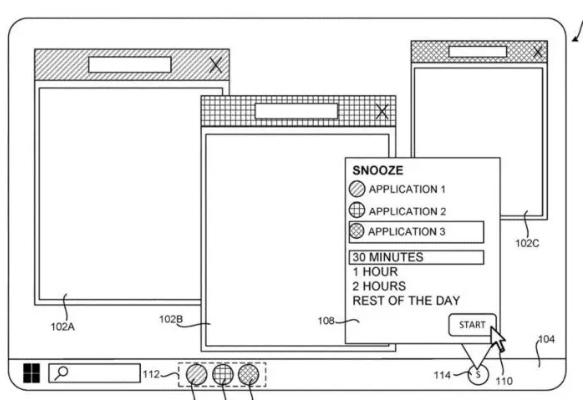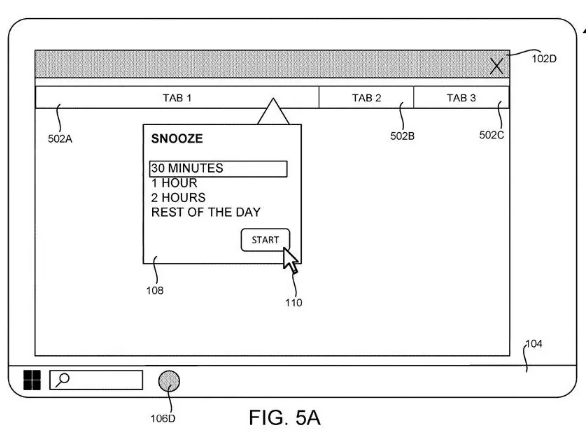Home >Technology peripherals >It Industry >Microsoft's new patent: Windows system screen sharing can be customized to hide applications
Microsoft's new patent: Windows system screen sharing can be customized to hide applications
- WBOYWBOYWBOYWBOYWBOYWBOYWBOYWBOYWBOYWBOYWBOYWBOYWBforward
- 2024-04-26 16:19:24509browse
News on April 26, 2022, Microsoft recently obtained a new patent from the United States Trademark and Patent Office (USPTO). This patent provides Windows system users with customized hidden applications when performing screen sharing and other operations. Program functionality. This patented technology allows users to selectively hide certain applications during screen sharing to protect user privacy. Users can selectively hide running applications according to their own needs, and other users will not be able to see these hidden applications when sharing the screen. This feature helps users share their screens. In the modern office environment, screen sharing has become an important tool for team collaboration and conference presentations. However, when personal screens are shared, private information such as private messages, notifications, etc. may be inadvertently exposed, causing embarrassment or the risk of information leakage. Microsoft's new patent is designed to solve this problem. This patented technology uses Microsoft software as a foundation to intelligently filter or blur content on a shared screen. This way, users can still share conveniently without worrying about embarrassment or information leakage. This technology can be implemented by detecting and analyzing the screen content in real time during the sharing process to identify possible sensitivity
 Users can set the settings according to actual needs. An application's window or other user interface element. Users can selectively hide specific application windows, tabs, or other user interface elements based on actual needs. Users can set the application to enter the "sleep" state according to actual needs. At this time, the hidden application will not appear on the shared screen. Sleep time can also be adjusted based on user needs, including options such as 30 minutes, 1 hour, 2 hours, or the rest of the day.
Users can set the settings according to actual needs. An application's window or other user interface element. Users can selectively hide specific application windows, tabs, or other user interface elements based on actual needs. Users can set the application to enter the "sleep" state according to actual needs. At this time, the hidden application will not appear on the shared screen. Sleep time can also be adjusted based on user needs, including options such as 30 minutes, 1 hour, 2 hours, or the rest of the day.
 In addition, this technology also provides a unique feature, that is, when sharing the screen, users can choose to hide specific tabs or parts of the interface, while hiding these The element's identifier (such as an icon or label) is moved to an area that will not be shared, ensuring that private information is not disclosed during the sharing process.
In addition, this technology also provides a unique feature, that is, when sharing the screen, users can choose to hide specific tabs or parts of the interface, while hiding these The element's identifier (such as an icon or label) is moved to an area that will not be shared, ensuring that private information is not disclosed during the sharing process.
This new patent not only improves information security when sharing screens, but also enhances users’ flexibility and privacy protection capabilities when using Windows systems. There is no doubt that this innovative feature will bring users a more convenient and secure experience in future Windows system updates.
The above is the detailed content of Microsoft's new patent: Windows system screen sharing can be customized to hide applications. For more information, please follow other related articles on the PHP Chinese website!

